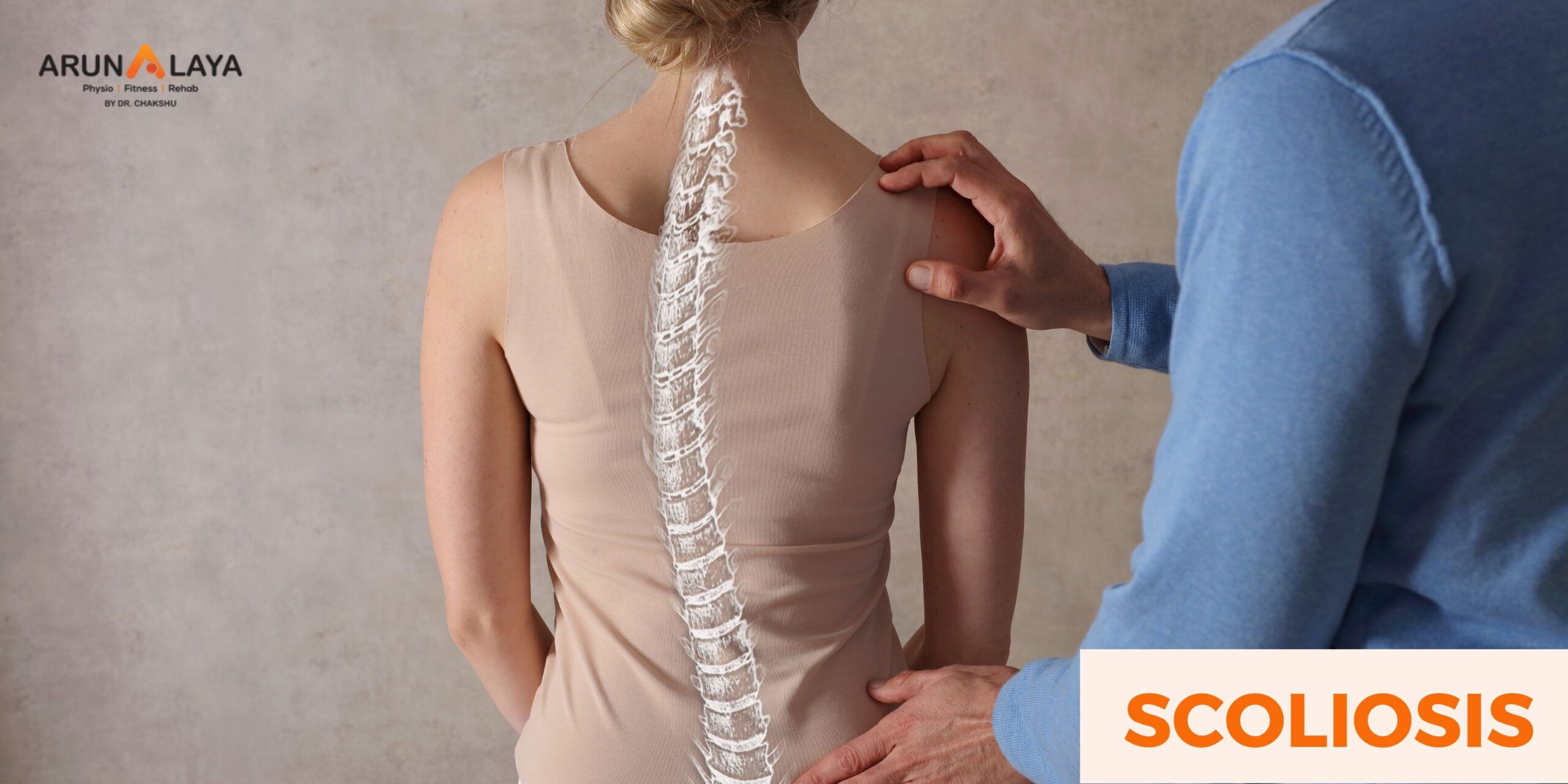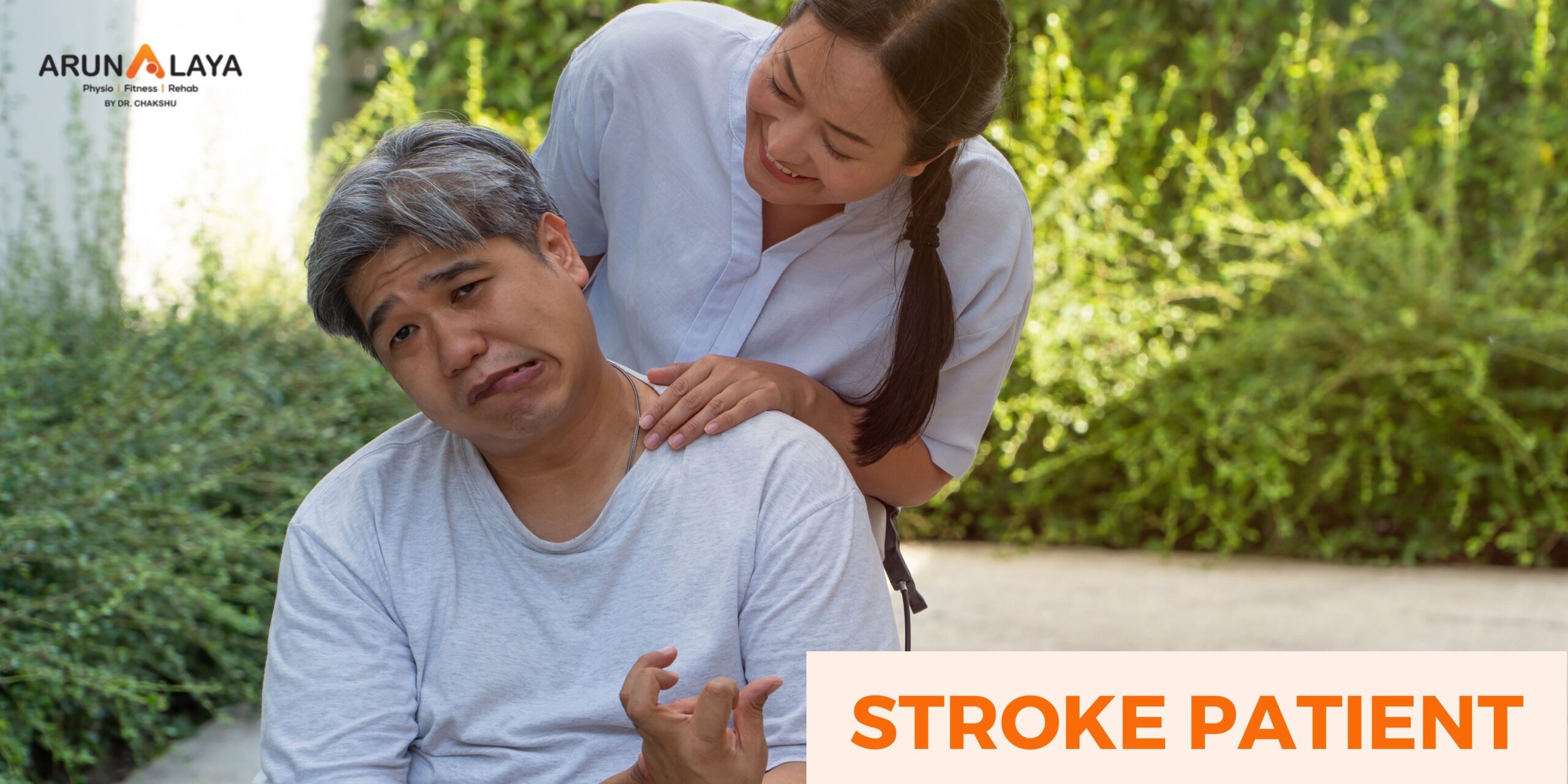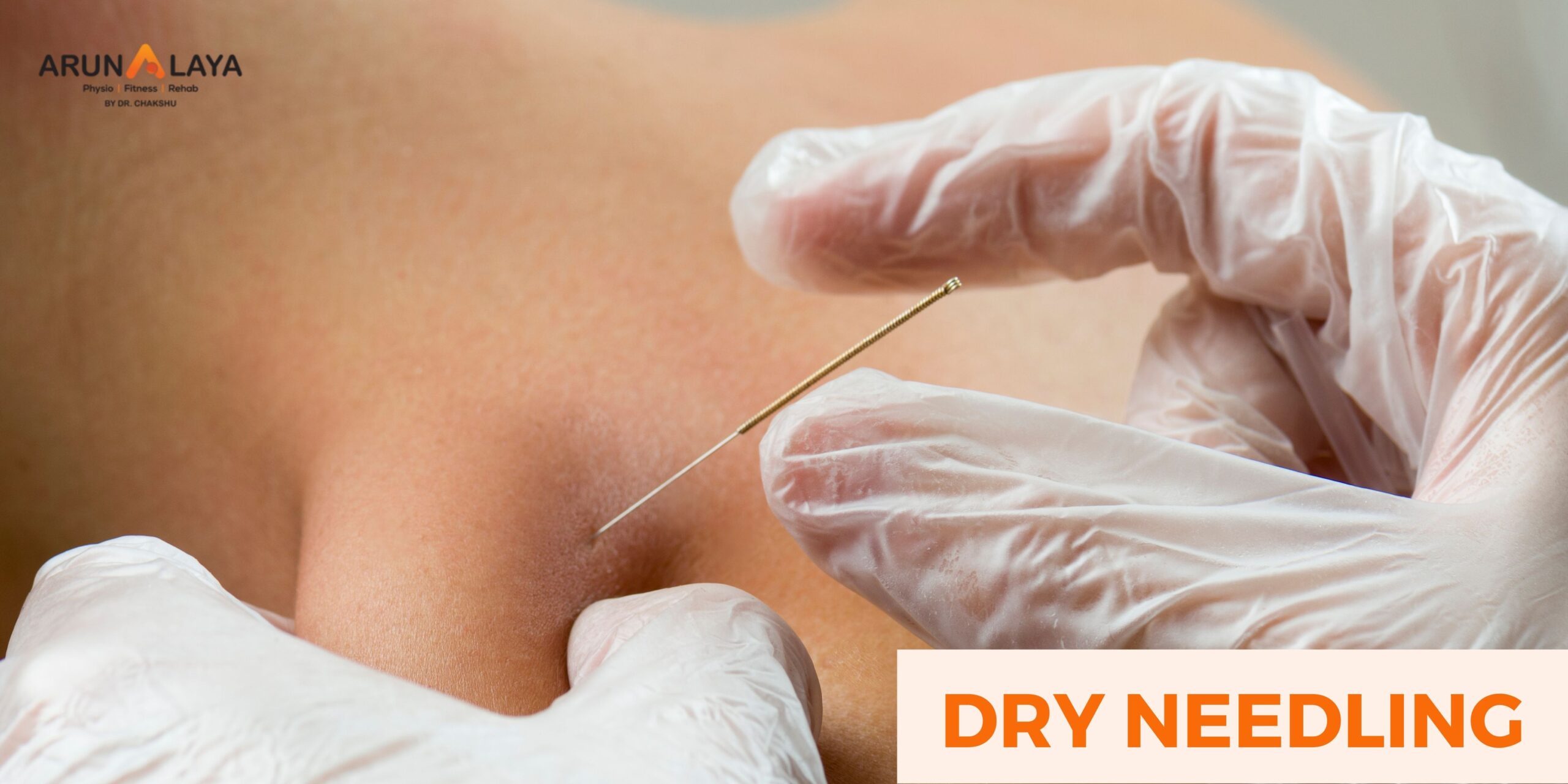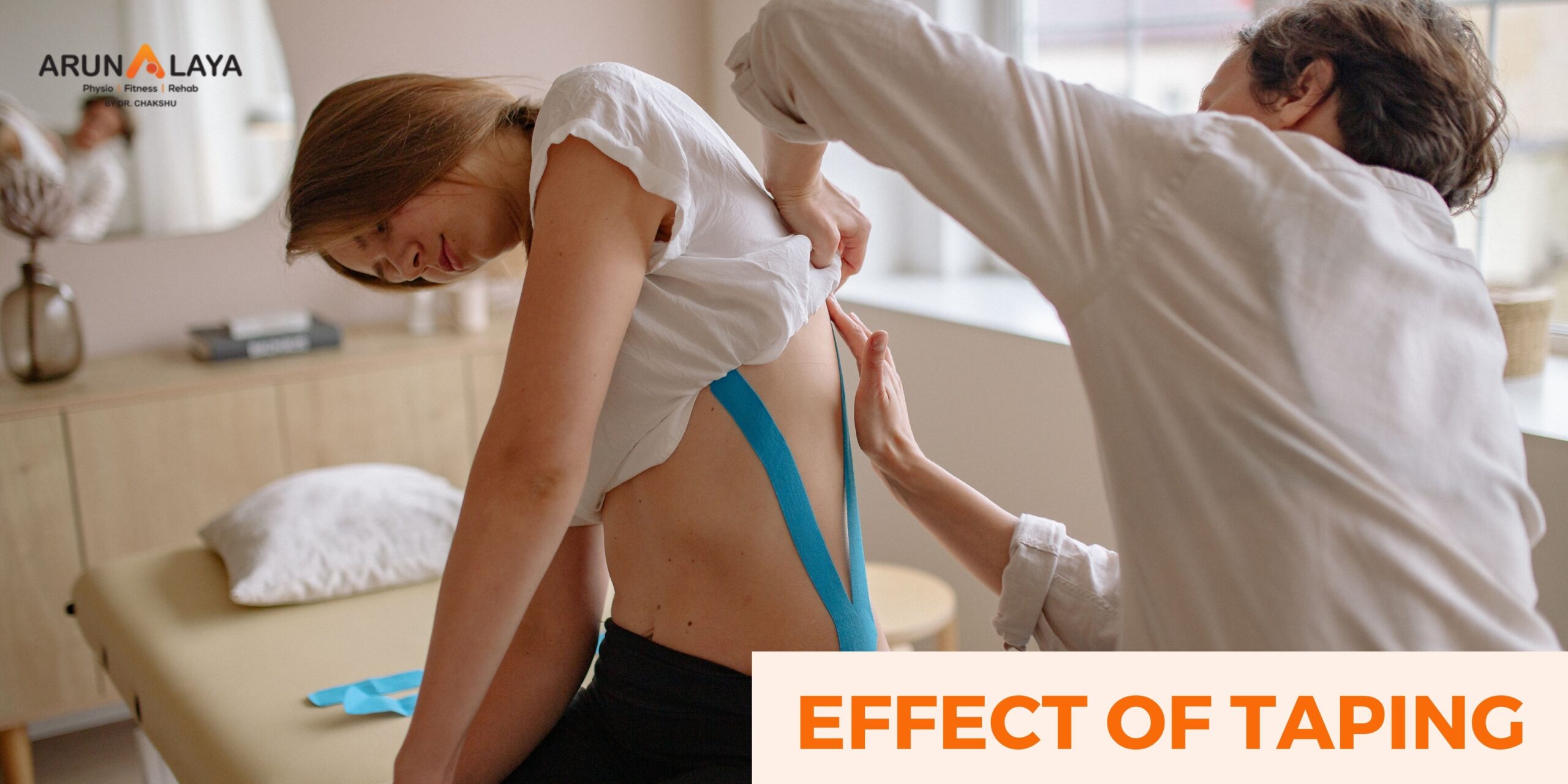Step by Step: Physiotherapy’s Path to Alleviating Flat Feet Without Surgery
Introduction
Flat feet, scientifically known as “pes planus,” is a prevalent condition characterized by low or absent arches in the feet. For many who contend with this ailment, the prospect of relief without surgery is a compelling inquiry. In this article, we embark on an exploration of the feasibility of resolving flat feet non-surgically, with a special focus on the indispensable role of physiotherapy. We will journey through the nuances of flat feet, the ways in which physiotherapy intervenes, and the meticulous construction of a physiotherapy treatment plan.
Deciphering Flat Feet
Before we embark on the odyssey of non-surgical treatments, it’s paramount to grasp the essence of flat feet. The condition is broadly categorized into two primary types:
- Flexible Flat Feet: The most prevalent form where arches are discernible when the feet are not under load but appear to collapse when standing or walking.
- Rigid Flat Feet: A less common variation, characterized by a permanent absence of arches, persisting even when not bearing weight, often indicative of more severe structural issues.
Physiotherapy’s Role in Taming Flat Feet
Physiotherapy is a cornerstone of non-surgical flat feet management, offering the potential for symptom relief, enhanced foot functionality, and an overall improved quality of life. Here’s an illuminating look at how physiotherapy emerges as a potent agent in the non-surgical realm of flat feet:
- Comprehensive Assessment: A preliminary step involves a meticulous evaluation by a proficient physiotherapist to gauge the extent of the flat feet, identify underlying complexities, and elucidate the unique needs of the patient.
- Tailored Exercise Regimen: A bespoke exercise plan takes center stage, honing in on specific muscle groups, enhancing foot and ankle strength, and bolstering overall stability. Exercises encompass stretching routines, strength-building drills, and balance-enhancing maneuvers.
- Hands-On Therapy: Physiotherapists may employ manual techniques such as joint mobilization and soft tissue manipulation to enhance joint mobility, quell pain or discomfort, and instigate healing.
- Orthotic Solutions: In select instances, the recommendation of custom orthotic devices, designed to furnish supplementary arch support and even weight distribution, proves beneficial.
- Footwear Counsel: Expert guidance on the selection of appropriate footwear is a pivotal component, ensuring that shoes furnish the requisite arch support and cushioning.
- Knowledge Dissemination: Patients are imparted with knowledge about the principles of proper foot mechanics, posture, and lifestyle adjustments that circumvent exacerbation of the condition.
Designing a Treatment Blueprint
The specifics of a physiotherapy treatment for flat feet are inherently individualized, reflecting the unique characteristics of each case, encompassing severity and patient responsiveness. A standard treatment plan typically traverses the following phases:
- Inaugural Assessment: A comprehensive appraisal ensues, setting the foundation for crafting a tailored treatment strategy.
- Routine Sessions: In most scenarios, patients participate in physiotherapy sessions once or twice a week, replete with exercises and interventions aimed at mitigating flat feet.
- Home Exercises: An integral facet involves assigning patients exercises to undertake at home, supplementing the in-clinic regimen.
- Progress Monitoring: Periodic reassessments are conducted, measuring progress, and facilitating any necessary adaptations to the treatment plan.
Conclusion
In conclusion, physiotherapy stands as the keystone in the non-surgical management of flat feet. It offers a holistic route to addressing the condition, primarily targeting muscle fortification, joint mobility enhancement, and refinement of foot mechanics. While complete eradication may not be universally attainable, physiotherapy can orchestrate substantial strides in the reduction of pain and the amelioration of overall foot function. If you confront the challenge of flat feet or experience related discomfort, seeking the counsel of a physiotherapist is an instrumental stride toward healthier foot dynamics. Importantly, bear in mind that responses to physiotherapy are individually nuanced, demanding commitment and patience in the pursuit of optimal outcomes.










